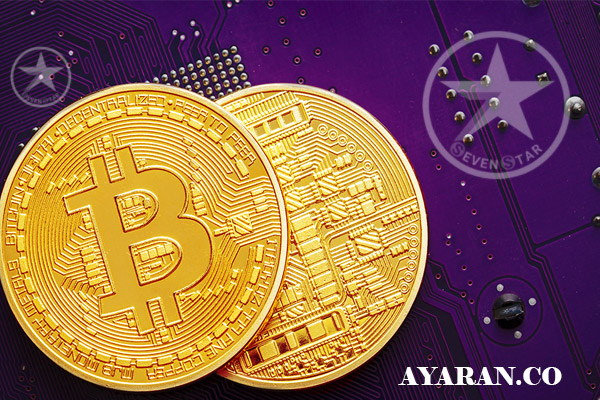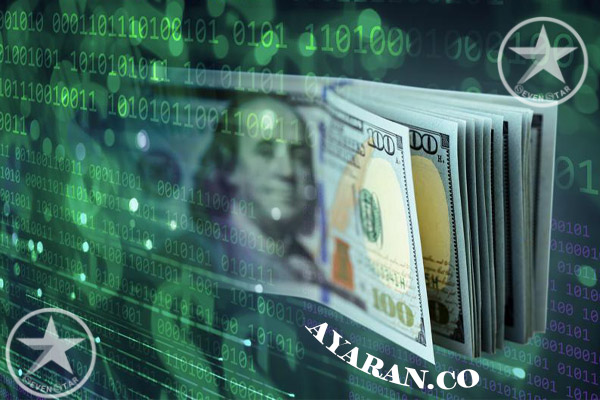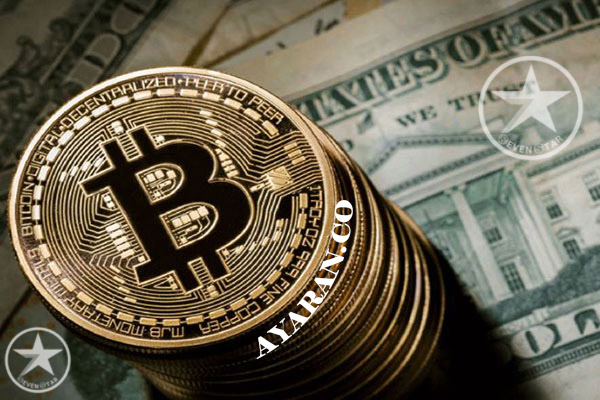

Seven Star Unique
Make transactions across the globe with ease and securely with our honest and hassle-free services. We present our services that give the safest and easiest way for all your payment transactions around the world. When you transact with us, you have nothing to worry about. Our customers are the centric approach that makes us the most secure and reliable option for all your transactions.
Strategy
Currency transfer to all parts of the world
High security in transactions
Providing services with the best fees
Track remittances until the steps are completed
experienced staff in the field of transfers and provide the best services
Guide customers to use the best method of currency transfer
Our Services

Exchange rates (Up-to-the-minute exchange rates for the currencies available), Currency converter (Use our converter and check, how much you can save with attractive rates of 28 currencies.), How to exchange (Order a transaction from your bank account or pay with convenient payment methods. You can also top up your currency wallet or use social transactions without fees and commission. Both of these models are simple and intuitive.), Transaction Cost and time (We do our best to minimize transaction times and cost.), Currency tools (Do you buy and sell currencies regularly? Standing orders make the exchange process quick and effortless. Ideal for paying loans and mortgages.), Social transactions (Experience the power of society.)




Article

What Is the SWIFT Banking System?
The Society for Worldwide Interbank Financial Telecommunications (SWIFT) system powers most international money and security transfers. SWIFT is a vast messaging network used by financial institutions to quickly, accurately, and securely send and receive information, such as money transfer instructions. In this article, we explore what SWIFT does, how it works, and how it makes money.
- Society for Worldwide Interbank Financial Telecommunications (SWIFT) is a member-owned cooperative that provides safe and secure financial transactions for its members.
- This payment network allows individuals and businesses to take electronic or card payments even if the customer or vendor uses a different bank than the payee.
- SWIFT is the largest and most streamlined method for international payments and settlements.
- SWIFT works by assigning each member institution a unique ID code (a BIC number) that identifies the bank name and the country, city, and branch.
- SWIFT has been used to impose economic sanctions on Iran, Russia, and Belarus.
Inside a SWIFT Transaction
Financial institutions use SWIFT to securely transmit information and instructions through a standardized code system. Although SWIFT is crucial to global financial infrastructure, it’s not a financial institution. SWIFT does not hold or transfer assets but facilitates secure, efficient communication between member institutions.
More than 11,000 global SWIFT member institutions sent an average of 44.8 million messages daily through the network in November 2022.1
SWIFT assigns each financial organization a unique code with either eight or 11 characters, known as a bank identifier code or BIC. The BIC may also use the terms SWIFT code, SWIFT ID, or ISO 9362 code.2 To understand how the code is assigned, let’s look at the Italian bank UniCredit Banca, headquartered in Milan. It has the eight-character SWIFT code UNCRITMM.3
- First four characters: the institute code (UNCR for UniCredit Banca)
- Next two characters: the country code (IT for the country Italy)
- Next two characters: the location/city code (MM for Milan)
- Last three characters: optional, but organizations use them to assign codes to individual branches.
Here’s an example. A customer wants to send money to his friend in Venice, Italy, so he visits a local Bank of America branch. He brings his Italian friend’s account number and Venice-based branch information for UniCredit Banca. This information includes the unique SWIFT code.
Bank of America sends a payment transfer message to the UniCredit Banca branch over the secure SWIFT network. When Unicredit Banca receives the SWIFT message about the incoming payment, it will clear and credit the money to the Italian friend’s account.
As powerful as SWIFT is, remember that it is only a messaging system. SWIFT does not hold any funds or securities, or manage client accounts.

What Is Digital Money?
Digital money (or digital currency) refers to any means of payment that exists in a purely electronic form. Digital money is not physically tangible like a dollar bill or a coin. It is accounted for and transferred using online systems. One well-known form of digital money is the cryptocurrency Bitcoin.
Digital money can also represent fiat currencies, such as dollars or euros. Digital money is exchanged using technologies such as smartphones, credit cards, and online cryptocurrency exchanges. In some cases, it can be converted into physical cash through the use of an ATM.
KEY TAKEAWAYS
- Digital money is money in purely digital form. It is not a physically tangible asset like cash or other commodities like gold or oil.
- Digital money can streamline the current financial infrastructure, making it cheaper and faster to conduct monetary transactions. It can also ease monetary policy implementation by central banks.
- Examples of types of digital money are cryptocurrencies, central bank digital currencies, and stablecoins.
- Digital money is susceptible to hacks and can compromise user privacy.
Understanding Digital Money
A variant of digital money is already present in society today in the form of cash held in online bank accounts. This cash can be sent to others or received from them. It can also be used for online transactions.
Digital money is similar in concept and use to its cash counterpart in that it can be a unit of account and a medium for daily transactions. But it is not cash. For example, the dollars in your online bank account are not digital money because they take on a physical form when you withdraw them from an ATM.
Digital money is different from cash because it improves upon the process for monetary transactions. For example, the technological rails of digital money can make currency transfers across borders easier and faster as compared to standard money. This form of money also streamlines the process for monetary policy implementation for central banks. The use of cryptography in some forms of digital money makes transactions involving them tamper-proof and censorship-resistant, meaning they cannot be controlled by governments or private agencies.
Given these advantages, digital money has become a priority for several governments around the world. The central bank of Sweden, a country that is on its way to becoming a cashless society, has released several exploratory papers since 2017 that explore the benefits and drawbacks of introducing digital money into its economy. Meanwhile, China has already conducted pilot tests involving the DC/EP, the digital equivalent of its national currency, and is planning to release it soon. The Bahamas sand dollar is a digital iteration of the country’s national currency. It was released in October 2020.
According to a February 2021 survey conducted by the International Monetary Fund (IMF), around 111 countries from its 159 member countries are researching or planning to introduce digital money in the near future.
To get the profile of this company, please click on the download button.
Copyright © 2022 All Rights Reserved for Ayaran. | Design by : Ayaran World Trading Group
